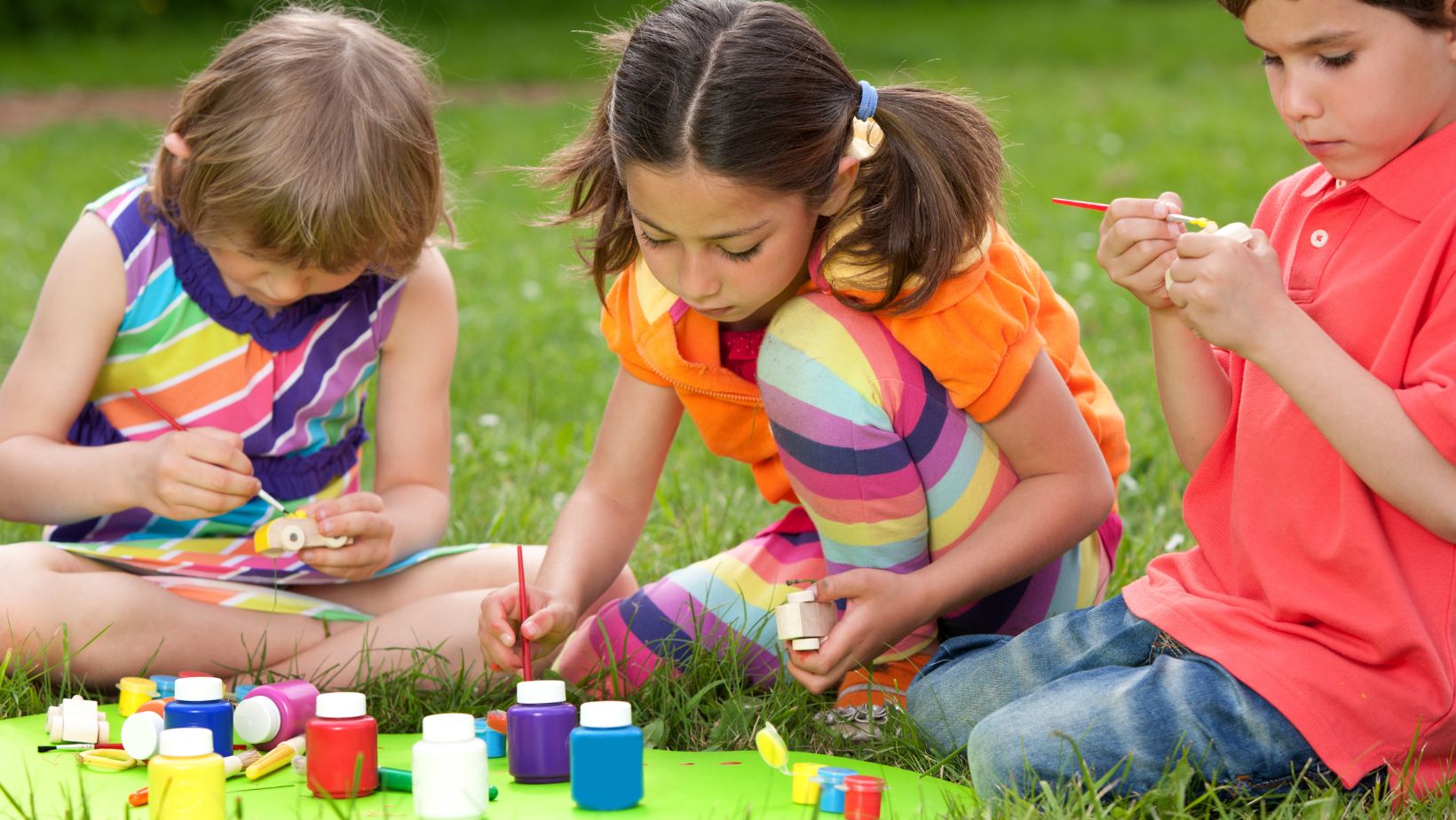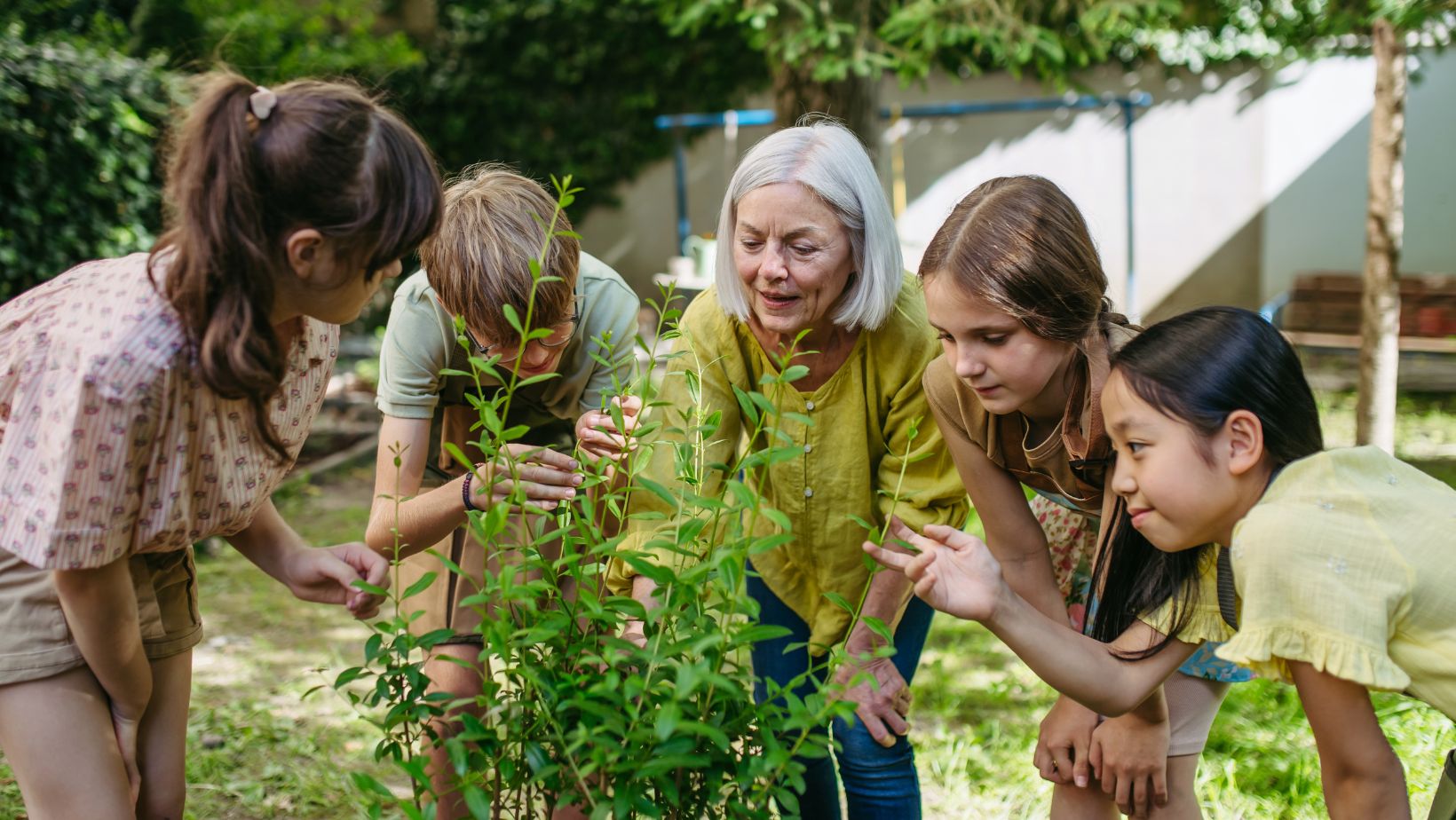
Key Takeaways
-
- Enhances Cognitive Development: Outdoor learning activities boost concentration, problem-solving skills, and memory through hands-on engagement with nature.
-
- Fosters Social Skills: These activities promote collaboration and communication, helping students build confidence and form lasting relationships with peers.
-
- Improves Academic Performance: Regular participation in outdoor experiences correlates with higher scores in subjects like science and math, making complex concepts more relatable.
-
- Promotes Environmental Stewardship: Engaging with the natural world encourages appreciation for the environment and fosters sustainable practices among students.
-
- Variety of Activities: Options such as nature walks, team-building exercises, and community projects cater to different age groups, promoting a well-rounded educational experience.
-
- Safety and Planning: Effective planning, including risk assessments and age-appropriate activities, ensures enjoyable and safe outdoor learning experiences for all participants.
In today’s fast-paced world, outdoor learning activities offer a refreshing escape from traditional classroom settings. They provide unique opportunities for students to engage with nature while developing essential skills. Whether it’s exploring a local park or participating in a community garden project, these activities stimulate curiosity and foster a love for learning.
Research shows that outdoor experiences enhance cognitive development and improve social interactions among peers. Students gain hands-on knowledge that textbooks often can’t provide. By immersing themselves in the natural world, they not only learn about their environment but also cultivate a sense of responsibility and teamwork. As educators and parents seek innovative ways to enrich learning experiences, outdoor activities stand out as a powerful tool for holistic development.
Outdoor Learning Activities
Outdoor learning activities encompass a wide range of experiences that take place outside traditional classrooms. These activities include nature walks, field trips, community gardens, and adventure-based learning sessions. Engaging with the environment directly enhances students’ understanding of ecological systems, geography, and natural sciences.
Outdoor activities also promote physical well-being. Activities like hiking, biking, and sports foster physical fitness while improving coordination. They provide opportunities for students to develop critical life skills, such as problem-solving, adaptability, and leadership.
Participation in outdoor learning can lead to improved academic performance. Studies show that students who regularly engage in outdoor activities score higher in subjects like science and math. Learning beyond classroom walls can make complex concepts more relatable and easier to grasp.
Additionally, outdoor learning activities promote environmental stewardship. By interacting with nature, students learn to appreciate and respect their surroundings. This awareness is crucial for developing sustainable practices and encouraging conservation efforts among future generations.
Cooperative learning is another essential aspect of outdoor activities. Working together on team projects or environmental tasks fosters collaboration and communication among peers. This teamwork enhances social skills and can lead to lasting friendships.
Outdoor learning activities provide multifaceted benefits that contribute to a well-rounded educational experience, blending academic growth with personal development and a connection to the environment.
Benefits of Outdoor Learning Activities
Outdoor learning activities offer numerous benefits, enhancing educational experiences beyond the confines of traditional classrooms. These experiences nurture cognitive growth and facilitate social interactions in meaningful ways.
Cognitive Development
Engaging in outdoor activities significantly boosts cognitive development. Studies show that students who spend time outdoors demonstrate improved concentration, memory, and problem-solving skills. Exposure to diverse environments stimulates curiosity and encourages active learning. For example, hands-on activities like nature exploration promote critical thinking by allowing students to observe and analyze their surroundings firsthand. Research indicates that such experiential learning enhances understanding of scientific concepts and fosters creativity, as students connect theory with real-world applications.
Social Skills Enhancement
Outdoor learning activities also foster social skills by promoting collaboration and effective communication. Team-based tasks, such as community gardening or adventure challenges, require students to work together, share ideas, and resolve conflicts. These interactions improve interpersonal skills and build confidence. Studies highlight how cooperative learning in outdoor settings leads to lasting friendships and enhances empathy. As students engage with peers in diverse outdoor environments, they develop respect for different perspectives, preparing them for future teamwork in both academic and professional contexts.
Types of Outdoor Learning Activities
Outdoor learning activities encompass a variety of experiences that encourage engagement with nature and the development of essential skills. Below are some specific types of outdoor learning activities.
 Nature Walks and Hikes
Nature Walks and Hikes
Nature walks and hikes involve exploring natural environments while observing flora and fauna. These activities cultivate awareness of local ecosystems and biodiversity. Participants can identify plant species, track wildlife, and learn about environmental conservation. Engaging with nature fosters observational skills and enhances critical thinking abilities. Studies show that time spent in nature reduces stress levels and improves overall mental well-being. Group hikes encourage collaboration, as individuals navigate trails and share discoveries together.
Team-Building Exercises
Team-building exercises promote collaboration and communication among students. Activities such as obstacle courses, trust falls, and scavenger hunts create opportunities for participants to solve problems and make decisions collectively. In these dynamic settings, students develop leadership skills and learn the value of cooperation. Research indicates that such exercises enhance group cohesion and build confidence, as students depend on one another for support. Effective teamwork prepares students for real-world challenges, fostering relationships that extend beyond the classroom.
Planning and Implementing Outdoor Learning Activities
Effective planning and implementation of outdoor learning activities ensure safety and engagement for all participants. Proper organization leads to positive educational outcomes and maximizes the benefits of outdoor experiences.
Safety Considerations
Safety is paramount when planning outdoor learning activities. Identifying potential hazards in the environment, such as uneven terrain, wildlife, and inclement weather, serves as the foundation for safety protocols. Preparing appropriate safety gear, like helmets for biking and first aid kits for hikes, is essential. Conducting risk assessments prior to activities allows educators to anticipate and mitigate risks effectively. Establishing clear guidelines for behavior helps maintain a safe environment. Educators should also ensure that adequate adult supervision is in place, following recommended ratios for student-to-adult supervision. Lastly, informing parents about activity plans and safety measures fosters a supportive community that values student safety.
Engaging Different Age Groups
Engaging different age groups in outdoor learning activities requires varied approaches that suit their developmental stages. Younger children benefit from simple, sensory-rich activities like nature scavenger hunts or guided exploration of local parks. These activities promote curiosity and foundational skills. For middle school students, incorporating problem-solving tasks and team projects fosters collaboration and critical thinking. Activities like environmental surveys or ecosystem studies engage students with hands-on, applicable knowledge. High school students can tackle more complex challenges, such as planning and executing community service projects related to local environmental issues. Tailoring activities to specific age groups ensures that outdoor learning remains relevant, motivating, and educational across all grade levels.
Transforming The Education Into an Engaging Experience
Embracing outdoor learning activities transforms education into a dynamic and engaging experience. These activities not only enhance academic performance but also nurture essential life skills and foster a deeper connection to the environment. By stepping outside the traditional classroom, students gain hands-on knowledge that cultivates curiosity and promotes teamwork.
Incorporating outdoor learning into educational curricula is a step toward holistic development. The benefits are clear—improved cognitive skills, better social interactions, and a heightened sense of responsibility toward nature. As educators and parents recognize the value of these experiences, they pave the way for a generation that’s not only academically proficient but also environmentally conscious and socially adept.
